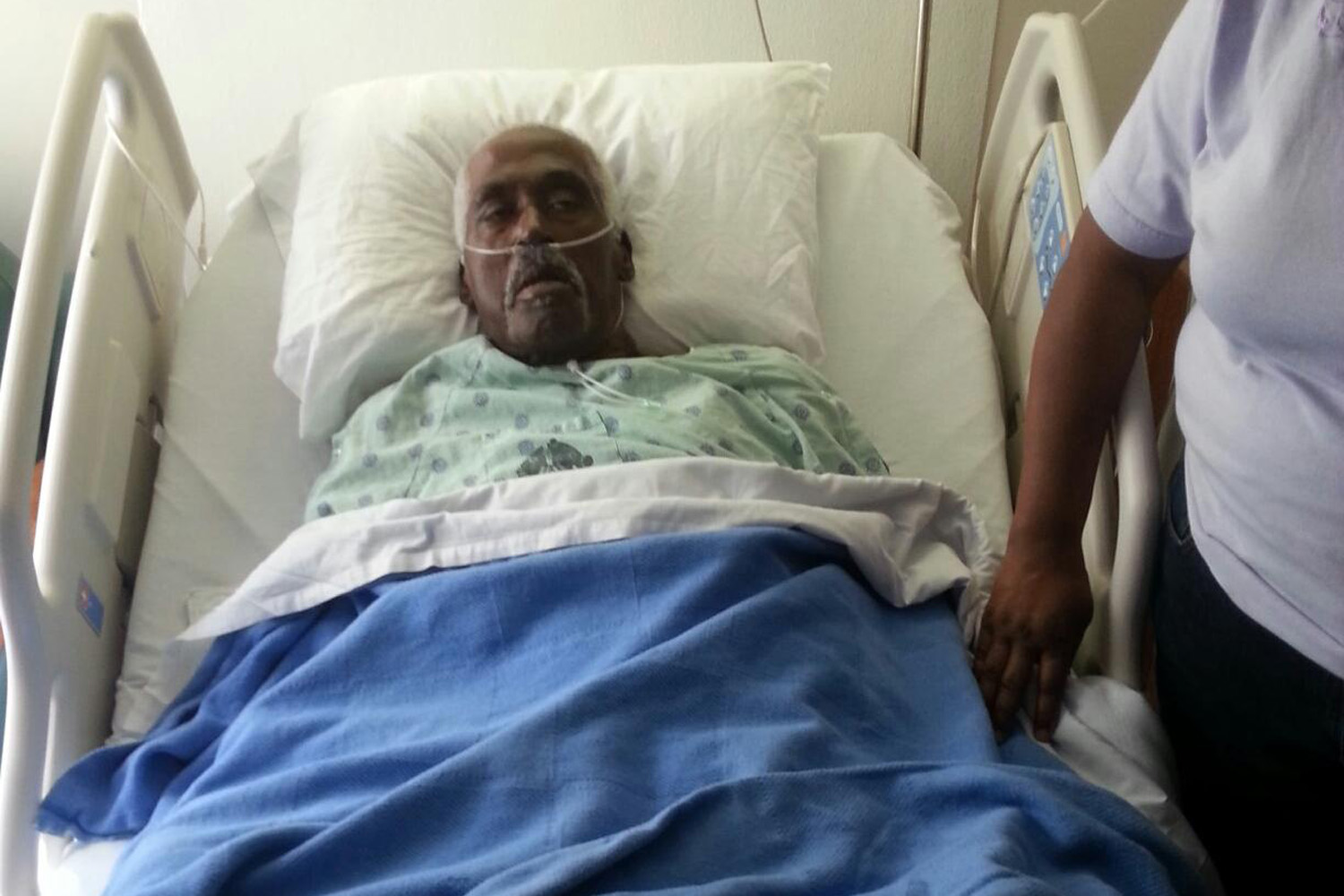
Correction added Feb. 28, 2014
Dead is dead—except when it isn’t. That’s the lesson 78-year old Walter Williams of Holmes County, Miss., learned late Wednesday night when he woke up in a body bag on an embalmer’s table, a wee bit more alive than the coroner had declared him to be. Williams, by all accounts, was the victim of bad luck, a sputtering pacemaker and a coronor who maybe hadn’t read the How To Know Someone’s Really Dead chapter when the rest of the class was studying it.
So how often does this happen and what are the odds that you will ever find yourself Zip-Locked for freshness when you’ve still got a bit of life in you?
Pronouncing someone dead has always been an inexact art. The tradition of the wake—or at least a day or two’s mourning period before the funeral—began as a way to give a body a fighting chance to show if it was alive. “The point was to make sure the dead guy is indeed a dead guy,” says Thomas Lynch, a funeral director and best-selling author of The Undertaking: Life Studies From the Dismal Trade, upon which the TV series Six Feet Under was based. “The living have been getting mistaken for the dead for a long time.”
But that was then (OK, if you’re Walter Williams, that was Wednesday) and methods have improved. When someone dies in a hospital, attending physicians do what’s known as “running a tape,” hooking the suspected deceased up to equipment that reads brain waves, heartbeat and respiration. When things go flat line—and stay that way—you’ve probably got yourself a body. Paramedics and other first responders have portable equipment that does the same thing, with the results getting beamed back to a hospital for confirmation.
Further tests make things more certain still. Bedside ultrasound can confirm lack of heart activity, says Dr. Robert Glatter of the department of emergency medicine at New York’s Lenox Hill Hospital. Brain death can be confirmed by the absence of brainstem reflexes, among other things, as well as the “doll’s eye test,” in which the head is moved from side to side with the eyes open. When the brain is dead, the eyes will not fix on the person in front of them, and will instead simply move with the head.
So what went wrong in Williams’ case? Everything. After he appeared to have suffered heart failure, the local coroner was duly called, and, according to Sheriff Willie March, did a less exacting job than he might have. “The coroner checked for wounds, didn’t get a pulse, and declared he had crossed over,” says March.
In some respects the rules were obeyed, since laws in all 50 states forbid a funeral home to take possession of a body until an authorized medical officer certifies the death. The problem is, not every state has the same definition of what such a person is.
“A coroner is not a medical officer,” says Lynch. “Often it’s just the local undertaker or the local favorite of whoever is in charge.” That may well not have been the case in the current mix-up, but the betting is that the standards will be tightened in the future. Until then, if you must die—and, says Lynch, “the numbers are right around 100% on that”—at least do it outside of Holmes County.
The reassuring news for most of us: The chances of a mix-up happening are exceedingly slim.
-with reporting from Charlotte Alter
An earlier version of this story misspelled the name of the Lenox Hill Hospital emergency care physician. He is Dr. Robert Glatter, not Glattner.
More Must-Reads from TIME
- Inside Elon Musk’s War on Washington
- Why Do More Young Adults Have Cancer?
- Colman Domingo Leads With Radical Love
- 11 New Books to Read in February
- How to Get Better at Doing Things Alone
- Cecily Strong on Goober the Clown
- Column: The Rise of America’s Broligarchy
- Introducing the 2025 Closers
Write to Jeffrey Kluger at jeffrey.kluger@time.com